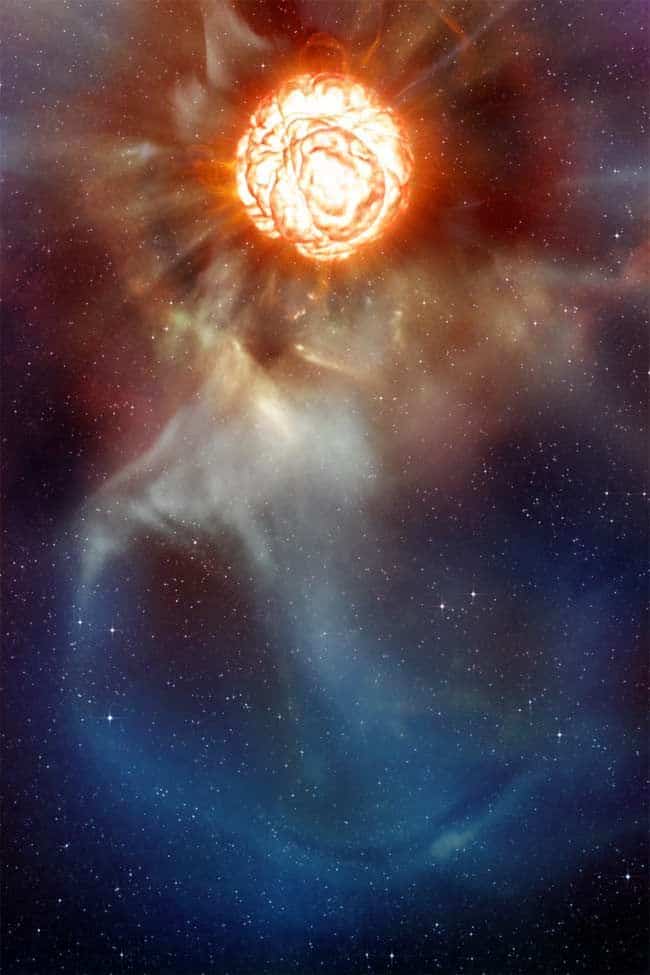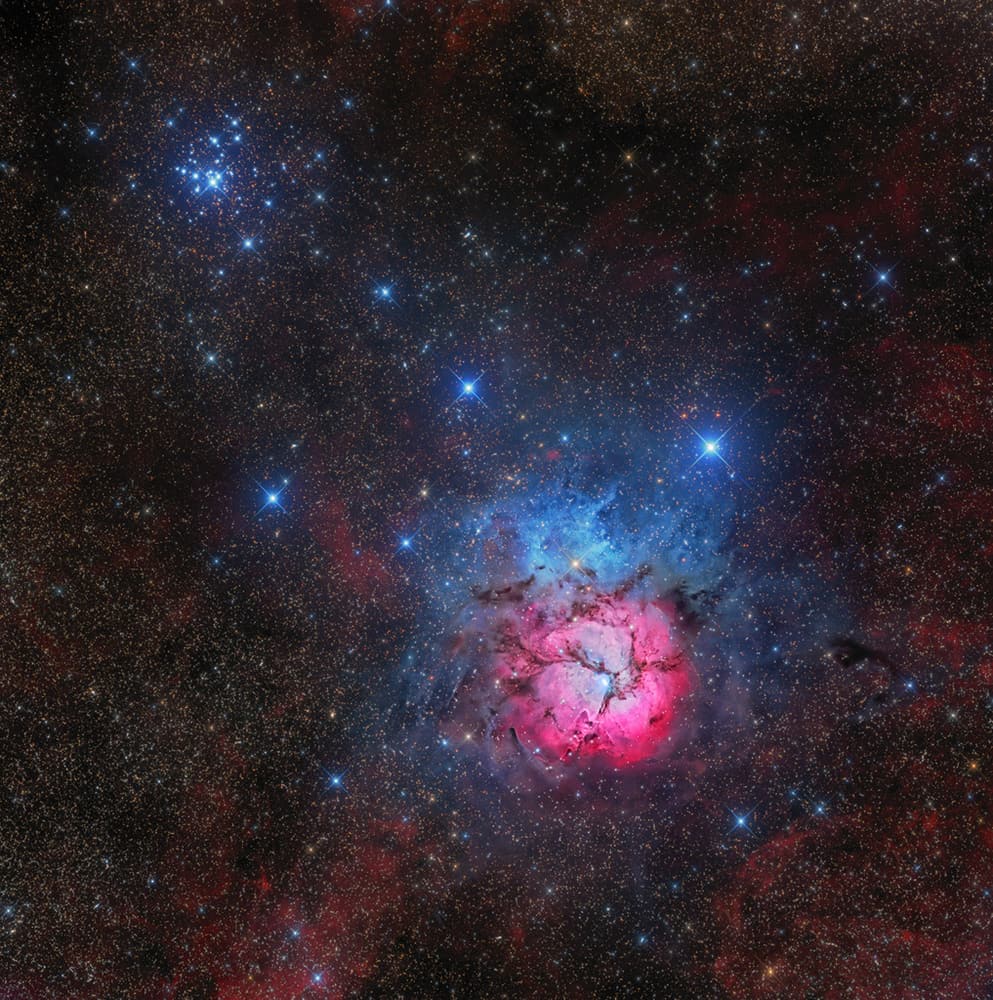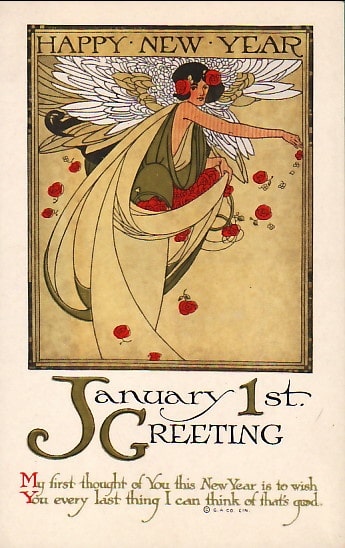Blog
Little Smokey Smothers (January 2, 1939 – November 20, 2010) was an African-American Chicago blues guitarist and singer. His elder brother was the bluesman Otis “Big Smokey” Smothers (died 1993), with whom he was sometimes confused.
Albert Abraham “Abe” Smothers was born in Tchula, Mississippi, learned to play the guitar at the age of 15, and relocated to Chicago two years later. He soon appeared on stage, playing with Arthur “Big Boy” Spires, Magic Sam, Otis Rush and Lazy Bill Lucas.[4] In 1958 he joined up with Howlin’ Wolf, and he accompanied Wolf in a recording session for Chess Records the following year. Tracks Smothers contributed to include “I’ve Been Abused”, “Howlin’ for My Darling”. and “Mr. Airplane Man”.
In 1961 he founded Little Smokey Smothers and the Pipeplayers. He later met Paul Butterfield and became a founding member of the Paul Butterfield Blues Band. He was replaced in the band by Elvin Bishop but developed a friendship that lasted a lifetime.
more...The supergiant star Betelgeuse has a vast plume of gas almost as large as our Solar System and a gigantic bubble boiling on its surface, shown in this artist’s impression. Why is Betelgeuse fading? No one knows. Betelgeuse, one of the brightest and most recognized stars in the night sky, is only half as bright as it used to be only five months ago. Such variability is likely just normal behavior for this famously variable supergiant, but the recent dimming has rekindled discussion on how long it may be before Betelgeuse does go supernova. Known for its red color, Betelgeuse is one of the few stars to be resolved by modern telescopes, although only barely. The featured artist’s illustration imagines how Betelgeuse might look up close. Betelgeuse is thought to have a complex and tumultuous surface that frequently throws impressive flares. Were it to replace the Sun (not recommended), its surface would extend out near the orbit of Jupiter, while gas plumes would bubble out past Neptune. Since Betelgeuse is about 700 light years away, its eventual supernova will not endanger life on Earth even though its brightness may rival that of a full Moon. Astronomers — both amateur and professional — will surely continue to monitor Betelgeuse as this new decade unfolds. 640 ly distant.

January 1 1985 Sekou Kouyate started off touring internationally with his parents, and then with his cousin Ba Cissoko, with who he gained his international reputation as one of the worlds best electric Kora players. The Guinean Kora virtuoso, singer and composer, invented the electrified Kora at the amazing age of 12 – and went on to pioneer the sound with Wa Wa pedals, fast riffs, experimental distortions and rock and jazz-influenced playing. The multi-awarded Kouyate’s music is rooted in his West African traditions and influenced by the contemporary Blues, Soul, Funk and Jazz, that has also been his early inspirations. Sekou´s sound, mode of playing and the invention of the electric Kora, has inspired a whole new generation of Kora players.
Not only a great master of the classical musical tradition, Sekou Kouyate also amplifies his instrument and distorts the sound with wah wah pedals, the pioneering idea he got at the age of 12, and that set new standards for West African traditional music to enter the stages of contemporary music. Yet preserving the virtues and techniques of the beautiful instrument, and the knowledge he has proudly inherited from his father, M´Bady Kouyate, and while you know it’s still a Kora, the things he does with it, turn it on its head; it’s little wonder he’s been called the Jimi Hendrix of the instrument. The sound becomes totally new, exciting waterfalls of notes that are palpably thrilling.
He has been called a “Musical Genius” and “The most exiting musician to have come out of the New Generation of the African Continent” and “Worlds best Kora player of his Generation”. Constantly curious and freely experimenting with new sounds, Sekou’s ideas have many sound layers that he extracts from this rich instrument, with its endless possibilities for complex combinations of tones and polyrhythms, and which he performs with great individual expression. Singing with his velvet soft, rich voice, and performing with such abundance of feeling and technique, it is always an emotionally rewarding experience to enjoy Sekou Kouyate´s music. His music is a groovy, soulfull mix of classical Mandingo, and details of Blues, Flaminco, Soul, Jazz and Afro Pop. Hard to descirbe in few terms, Sekou Kouyate has created a music style of its own.
more...
Alpha Blondy (born Seydou Koné; 1 January 1953 in Dimbokro, Ivory Coast) is a reggae singer and international recording artist. Many of his songs are politically and socially motivated, and are mainly sung in his native language of Dioula, French and in English, though he occasionally uses other languages, for example, Arabic or Hebrew.
First son of a family of eight children, Seydou Koné was raised by his grandmother, growing up in what he described as “among elders”, which later was to have a big impact on his career. In 1962, Alpha Blondy went to join his father in Odienné, where he spent ten years, attended Sainte Elisabeth High School, and was involved in the Ivory Coast students movement. He formed a band in high school, but this hobby affected his schooling and he was expelled due to poor attendance. His parents sent him to study English in Monrovia, the capital city of neighboring country Liberia in 1973. He spent thirteen months there and moved to the United States to improve his English.
After various TV shows for Kassi, Blondy recorded his first solo album in 1982, entitled Jah Glory. This album was to have enormous success and would become later a symbol of resistance because of the song “Brigadier Sabari,” which documents his experience of being arrested in Abidjan in the 1980s and his subsequent mistreatment by the police. Alpha Blondy became a big star in Abidjan with his African twist of Reggae music, becoming in the eyes of his fans “the Bob Marley of Africa”. Alpha Blondy is spiritual, political and positive just like Marley himself, and recorded a cover of Bob Marley’s song “War“. In order to reach more people with his message, he chose to sing in many languages: English; French; Baoulé, and his native language – Dioula.Later, he also brought new instrumentation to his brand of reggae such as the violin and cello.
Soon, the fame of Alpha Blondy spread to Europe. Following the success of an EP entitled Rasta Poué, he went to Paris in 1984 to make his second album, Cocody Rock, with the label Pathe Marconi. The “Bob Marley of Africa” travelled to the island of Jamaica and recorded the title track of this album with Marley’s backing group, The Wailers.
Back home in 1985, Blondy went into the studio to record “Apartheid is Nazism“, a call for the end of apartheid. In 1986, he recorded “Jerusalem” at Tuff Gong studios in Jamaica, again with The Wailers featuring legendary Aston “Family Man” Barrett. Blondy tried to promote unity between the religion of Islam, Judaism and Christianity. He drew his arguments and inspiration from his own diverse knowledge of the Bible, the Quran, and the Torah. That same year, he sang in Hebrew during a concert in Morocco. At this point, he was continuously touring. His new album Revolutionhad a lighter, gentler sound; this album featured cellos in the instrumentation, and the line-up included veteran Ivory Coast singer Aicha Kone. The album also included “Jah Houphouët parle”, a long speech by Ivory Coast president Félix Houphouët-Boigny with only the most minimal beat behind it.
Blondy spent the years 1987–89 giving concerts and recording SOS Guerre Tribale in Abidjan. This was promoted by Blondy himself, as he was distancing himself from Pathe Marconi at this stage. This was not to be a real success but it did not deter Blondy and in 1991 he returned to Europe for a concert tour and to record his famous album Masada with the help of musical legends such as Bocana Maiga and UK reggae producer Dennis Bovell. The album, with its hit single “Rendez Vous”, was a huge success, and Blondy was later to receive his first Gold Disc in Paris.
At the beginning of 1993, worn out from a world tour, Blondy succumbed to depression and was taken into an institution for psychiatric help. But as his health recovered he recorded the album Dieu(“God”), on which he appears more spiritual and religious, on tracks such as “Heal Me”, about his illness and recovery.
more...
Omar Hakim (born February 12, 1959) is an American jazz, jazz fusion and pop music drummer, producer, arranger and composer. He has worked with Weather Report, David Bowie, Sting, Madonna, Dire Straits, Journey, Kate Bush, George Benson, Miles Davis, Daft Punk, Mariah Carey, and Celine Dion.
A graduate of the New York School of Music and Art, Omar Hakim began his career recording with various pop and soul groups. His father, Hasan Hakim, had played trombone for Duke Ellington and Count Basie. Hakim credits jazz vibraphonist Mike Mainieri with giving him his first break in 1980; Hakim appeared in a video with Mainieri called The Jazz Life and began working with singer Carly Simon through Mainieri. Hakim first came to major attention as a member of Weather Report.
Hakim played drums on David Bowie‘s most commercially successful album, 1983’s Let’s Dance, as well as the follow-up, Tonight, in 1984. Bowie described Hakim as “a fascinating drummer, with impeccable timing” and “always fresh in his approach”.
In the mid-1980s, Hakim joined Dire Straits as drummer while recording their fifth album Brothers in Arms. Hakim temporarily replaced the band’s then-permanent drummer Terry Williams, when his performance was felt to be unsuitable for the desired sound of the album after most of the album tracks had been recorded. Hakim re-recorded all the drum tracks on the album in two days and then left for other commitments. Hakim and Williams are both credited on the album (although Williams’ only contribution was the improvised crescendo at the start of “Money for Nothing” and Williams was brought back for the music videos and the world tour). Hakim was also part of the band for Sting‘s first solo album, The Dream of the Blue Turtles, appearing in the film Bring on the Night.
https://www.youtube.com/watch?v=bcyykLnXCcM
more...Milton “Bags” Jackson (January 1, 1923 – October 9, 1999) was an American jazz vibraphonist, usually thought of as a bebop player, although he performed in several jazz idioms. He is especially remembered for his cool swinging solos as a member of the Modern Jazz Quartet and his penchant for collaborating with several hard bop and post-bop players.
A very expressive player, Jackson differentiated himself from other vibraphonists in his attention to variations on harmonics and rhythm. He was particularly fond of the twelve-bar blues at slow tempos. He preferred to set the vibraphone‘s oscillator to a low 3.3 revolutions per second (as opposed to Lionel Hampton‘s speed of 10 revolutions per second) for a more subtle tremolo. On occasion, Jackson sang and played piano professionally. Jackson was born on January 1, 1923 in Detroit, Michigan, United States, the son of Manley Jackson and Lillie Beaty Jackson. Like many, he was surrounded by music from an early age, particularly that of religious meetings: “Everyone wants to know where I got that funky style. Well, it came from church. The music I heard was open, relaxed, impromptu soul music” (quoted in Nat Hentoff’s liner notes to Plenty, Plenty Soul). He started on guitar when he was seven, then on piano at 11.
While attending Miller High School, he played drums in addition to timpani and violin and also sang in the choir. At 16, he sang professionally in a local touring gospel quartet called the Evangelist Singers. He took up the vibraphone at 16 after hearing Lionel Hampton play the instrument in Benny Goodman‘s band. Jackson was discovered by Dizzy Gillespie, who hired him for his sextet in 1945, then his larger ensembles. Jackson quickly acquired experience working with the most important figures in jazz of the era, including Woody Herman, Howard McGhee, Thelonious Monk, and Charlie Parker.
more...The small, northern constellation Triangulum harbors this magnificent face-on spiral galaxy, M33. Its popular names include the Pinwheel Galaxy or just the Triangulum Galaxy. M33 is over 50,000 light-years in diameter, third largest in the Local Group of galaxies after the Andromeda Galaxy (M31), and our own Milky Way. About 3 million light-years from the Milky Way, M33 is itself thought to be a satellite of the Andromeda Galaxy and astronomers in these two galaxies would likely have spectacular views of each other’s grand spiral star systems. As for the view from planet Earth, this sharp image shows off M33’s blue star clusters and pinkish star forming regions along the galaxy’s loosely wound spiral arms. In fact, the cavernous NGC 604 is the brightest star forming region, seen here at about the 7 o’clock position from the galaxy center. Like M31, M33’s population of well-measured variable stars have helped make this nearby spiral a cosmic yardstick for establishing the distance scale of the Universe.

Henry John Deutschendorf Jr. (December 31, 1943 – October 12, 1997), known professionally as John Denver, was an American singer-songwriter, record producer, actor, activist, and humanitarian, whose greatest commercial success was as a solo singer. After traveling and living in numerous locations while growing up in his military family, Denver began his music career with folk music groups during the late 1960s. Starting in the 1970s, he was one of the most popular acoustic artists of the decade and one of its best-selling artists. By 1974, he was one of America’s best-selling performers, and AllMusic has described Denver as “among the most beloved entertainers of his era”.
Denver recorded and released approximately 300 songs, about 200 of which he composed, with total sales of over 33 million records worldwide. He recorded and performed primarily with an acoustic guitar and sang about his joy in nature, his disdain for city life, his enthusiasm for music, and his relationship trials. Denver’s music appeared on a variety of charts, including country music, the Billboard Hot 100, and adult contemporary, in all earning 12 gold and four platinum albums with his signature songs “Take Me Home, Country Roads“, “Annie’s Song“, “Rocky Mountain High“, “Calypso“, “Thank God I’m a Country Boy“, and “Sunshine on My Shoulders“.
Denver appeared in several films and television specials during the 1970s and 1980s. He continued to record in the 1990s, also focusing on environmental issues by lending vocal support to space exploration and testifying in front of Congress in protest against censorship in music. He lived in Aspen for much of his life where he was known for his love of Colorado. In 1974, Denver was named poet laureate of the state. The Colorado state legislature also adopted “Rocky Mountain High” as one of its two state songs in 2007. An avid pilot, Denver died at the age of 53 in a single-fatality crash while piloting his recently purchased light plane. Henry John Deutschendorf Jr. was born on New Year’s Eve 1943, in Roswell, New Mexico, to Captain (later LTC) Henry John “Dutch” Deutschendorf Sr. (April 15, 1920 – March 15, 1982).
John Kirby (December 31, 1908 – June 14, 1952), was a jazz double-bassist who also played trombone and tuba. In addition to sideman work (prominently with Benny Goodman), Kirby is remembered for leading a successful chamber jazz sextet in the late 1930s and early 1940s, which scored several hit songs including “Loch Lomond” and the debut recording of “Undecided“, a jazz standard.
John Kirby was born John Kirk in Winchester, Virginia on 31 December 1908. His mother, Dolly Kirk (died October 1925) gave him up for adoption and he was raised at 442 North Kent Street by Reverend Washington Johnson and his wife, Nancy. Kirby was a student at the Winchester Colored School (renamed Douglass School in 1916) and started trombone lessons around 1917 under the guidance of Professor Powell Gibson (principal, math, drama and music teacher). Kirby (after success in New York), stated that Bach‘s work fascinated him as a kid and that he learned to play music just as it was written.
more...
Odetta Holmes (December 31, 1930 – December 2, 2008), known as Odetta, was an American singer, actress, guitarist, lyricist, and a civil and human rights activist, often referred to as “The Voice of the Civil Rights Movement”. Her musical repertoire consisted largely of American folk music, blues, jazz, and spirituals. An important figure in the American folk music revival of the 1950s and 1960s, she influenced many of the key figures of the folk-revival of that time, including Bob Dylan, Joan Baez, Mavis Staples, and Janis Joplin. Time magazine included her recording of “Take This Hammer” on its list of the 100 Greatest Popular Songs, stating that “Rosa Parks was her No. 1 fan, and Martin Luther King Jr. called her the queen of American folk music.”
Odetta was born in Birmingham, Alabama, on December 31, 1930. Growing up during the Great Depression, she moved from the Deep South to live with her stepfather Zadock Felious. She grew up in Los Angeles, where she attended Belmont High School. She then studied music at Los Angeles City College while employed as a domestic worker. She had operatic training from the age of 13. Her mother hoped she would follow Marian Anderson, but Odetta doubted a large black girl would ever perform at the Metropolitan Opera. Her first professional experience was in musical theater in 1944, as an ensemble member for four years with the Hollywood Turnabout Puppet Theatre, working alongside Elsa Lanchester. In 1949, she joined the national touring company of the musical Finian’s Rainbow.
more...Jonah Jones (born Robert Elliott Jones; December 31, 1909 – April 29, 2000) was a jazz trumpeter who created concise versions of jazz and swingand jazz standards that appealed to a mass audience. In the jazz community, he is known for his work with Stuff Smith. He was sometimes referred to as “King Louis II,” a reference to Louis Armstrong. Jones started playing alto saxophone at the age of 12 in the Booker T. Washington Community Center band in Louisville, Kentucky, before quickly transitioning to trumpet, where he excelled.
Jones was born in Louisville, Kentucky. Jones began his career playing on a river boat named Island Queen, which traveled between Kentucky and Ohio. He began in the 1920s playing on Mississippi riverboats and then in 1928 he joined with Horace Henderson. Later he worked with Jimmie Lunceford and had an early collaboration with Stuff Smith in 1932. From 1932 to 1936 he had a successful collaboration with Smith, but in the 1940s he worked in big bands like Benny Carter‘s and Fletcher Henderson‘s. He would spend most of a decade with Cab Calloway‘s band which later became a combo.
more...The beautiful Trifid Nebula, also known as Messier 20, is easy to find with a small telescope in the nebula rich constellation Sagittarius. About 5,000 light-years away, the colorful study in cosmic contrastsshares this well-composed, nearly 1 degree wide field with open star cluster Messier 21 (top left). Trisected by dust lanes the Trifid itself is about 40 light-years across and a mere 300,000 years old. That makes it one of theyoungest star forming regions in our sky, with newborn and embryonic stars embedded in its natal dust and gas clouds. Estimates of the distance to open star cluster M21 are similar to M20’s, but though they share this gorgeous telescopic skyscape there is no apparent connection between the two. In fact, M21’s stars are much older, about 8 million years old.

More Posts
- Ray Nance
- Guitar Slim
- World Music Hungarian String Band
- Daily Roots Barry Brown & The Scientist
- Cosmos Mars Moon
- Joan Armatrading
- Dan Hicks
- Junior Wells
- Donald Byrd
- Flamenco Fridays Camarón y Tomatito
- Daily Roots Roots Radics
- Cosmos Ocean of Storms
- Jim Morrison
- Toots Hibbert
- Jean Sibelius
- Jimmy Smith
- Cleo Brown
- World Music Ustad Shujaat Hussain Khan
- Daily Roots Blue Riddim Band
- Cosmos NGC 7293

